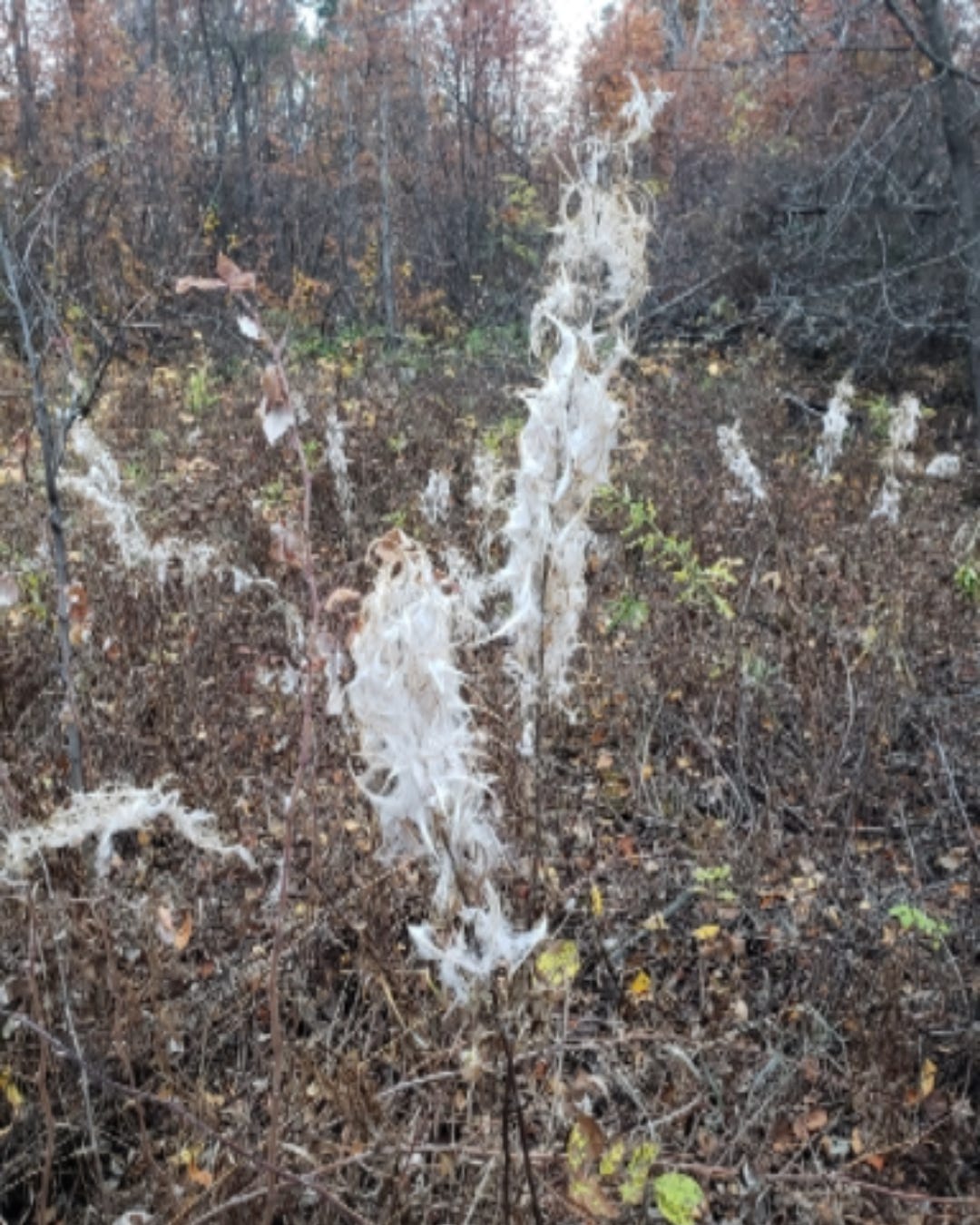On the built environment as sleep paralysis
In René Descartes’s Third Meditation on the existence of God, he writes:
I will now shut my eyes, stop my ears, and withdraw all my senses. I will eliminate from my thoughts all images of bodily things, or rather, since this is hardly possible, I will regard all such images as vacuous, false and worthless. I will converse with myself and scrutinize myself more deeply; and in this way I will attempt to achieve, little by little, a more intimate knowledge of myself…1
To “shut my eyes, stop my ears, and withdraw all my senses” may have started as a merely philosophical exercise, but is this not also a perfect description of our experience today? Someone might dispute this and say: Our eyes, ears, and senses are open as never before! See how connected we are to the world around us! Listen to the non-stop information flooding the visible and invisible spaces! Experiences are yours for the having — and cheap!
Yet just what is this world around us? What are these experiences? Has not this exercise to discover “a more intimate knowledge of myself” apart from the “bodily” givenness of the world resulted in a world that is so wholly permeated by such “knowledge” gained at the cost of shutting our eyes that it is not possible to re-open them?
Or, perhaps more accurately, our experience is akin to what I have heard about sleep paralysis. I am awake, yet trapped within a world of my own fabrication, aware at some level that I am trapped, yet unable to find any means of escape. Is this not the very definition of anxiety? We closed our eyes with Descartes, and we have not been able to open them again ever since.
When I look at my neighbourhood—a huge suburb of a large metropolitan city, constructed about fifty years ago—I know that I am experiencing this same metaphysical sleep paralysis. The construction of my neighbourhood began with the destruction and re-grading of the entire landscape. The memory of what was here before is fleeting. Even the dirt roads that had originally marked the quarter sections have been erased. Homesteads were demolished. Hills flattened. Creekbeds filled. There is not a tree on my street that is more than 40 years old.
Recently, though, my family discovered a small forest grove nestled in the heart of our sprawling suburb, only a few minutes’ drive from us. Sitting on a mere 5.6 acres, the park is remarkable for what it represents. By reviewing the aerial photographs that have been taken of our district over the past several decades, it becomes clear that this tiny woodlot has been a constant presence since well before the metropolis expanded into this part of the countryside. As we wandered along the circuitous path through the park, we came upon a clearing filled with cottongrass and brush and surrounded by spruce trees and aspens and fiery mountain ash. The clearing is also visible in a 1952 aerial photograph—it has been here for a long time. Something about the land itself has made the clearing possible and necessary.

For a moment, in that place, despite the din of the nearby arterial roads, the shape of those “bodily images” that Descartes had denounced as “vacuous, false and worthless” returned to me. The weight of being the solitary “I” who thinks and who is responsible for making a world from nothing lifted quietly from my shoulders. To stand in that clearing felt like being called.
A Moravian minister, writing in the 1890s about the landscape that preceded the construction of my neighbourhood eight decades later, describes jogging and jolting “along on the farm wagon, following the windings of the trail, now over its smoothly worn old ruts, and again through some stretch of stumps and corduroy, closed around at time by forest and underbrush and a moment later out upon the open prairie.” He observes the world he encounters with a keen eye:
The denizens of the forests and the meadows afforded opportunity for interesting studies in the realm of natural history. Bird life, even in winter, was varied and animated, including, among other species, the Ruffed Grouse, the Pinnated Grouse, some three or four species of Owl, the Canada Jay, the Pine and Evening Grosbeaks, the Snow-Bunting and the Long-tailed Chickadee. Most of these winter birds were practically new to me, coming as I did from the Atlantic seaboard. The Coyote and the Lynx, the Muskrat and the Variable Hare, the Mink and the Otter— these and other animals, big and little, were encountered everywhere on my first long winter drives.2
I have suggested in various places that history may be a way to re-activate senses long-since dulled through our effort to gain “a more intimate knowledge” of ourselves. It is a bitter exercise, though, given the acute awareness that accompanies it of what has been lost and of its irrecoverability. Is the desire of those suffering sleep paralysis truly to awaken, or just to sleep more deeply?
- René Descartes. Third Meditation. ↩︎
- Morris Leibert. Bruederfeld and Bruederheim: Moravian Settlements. ↩︎